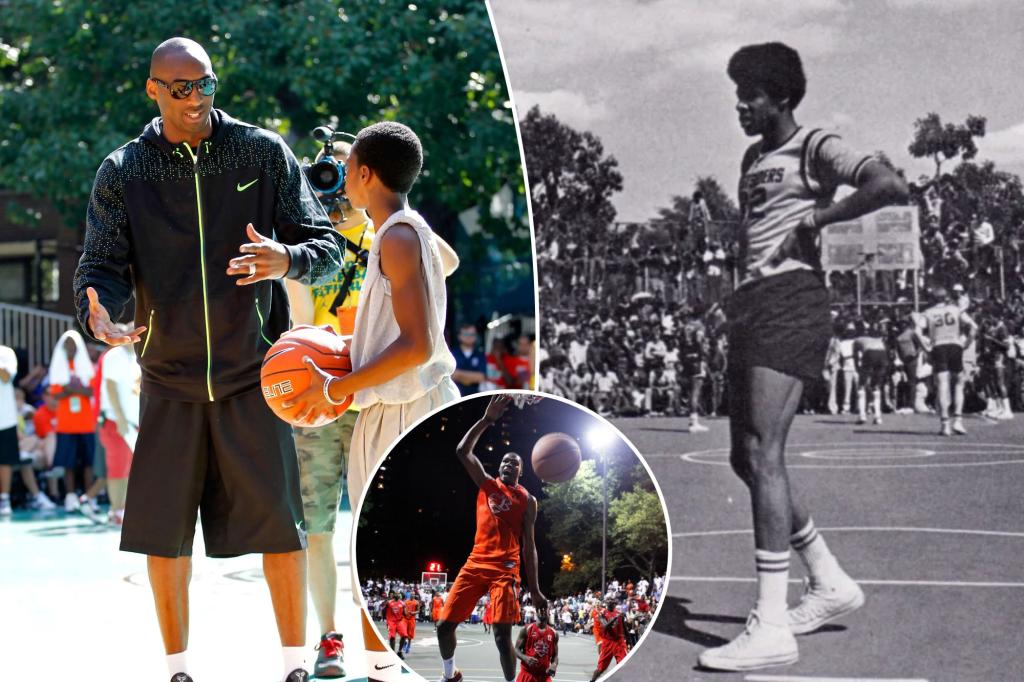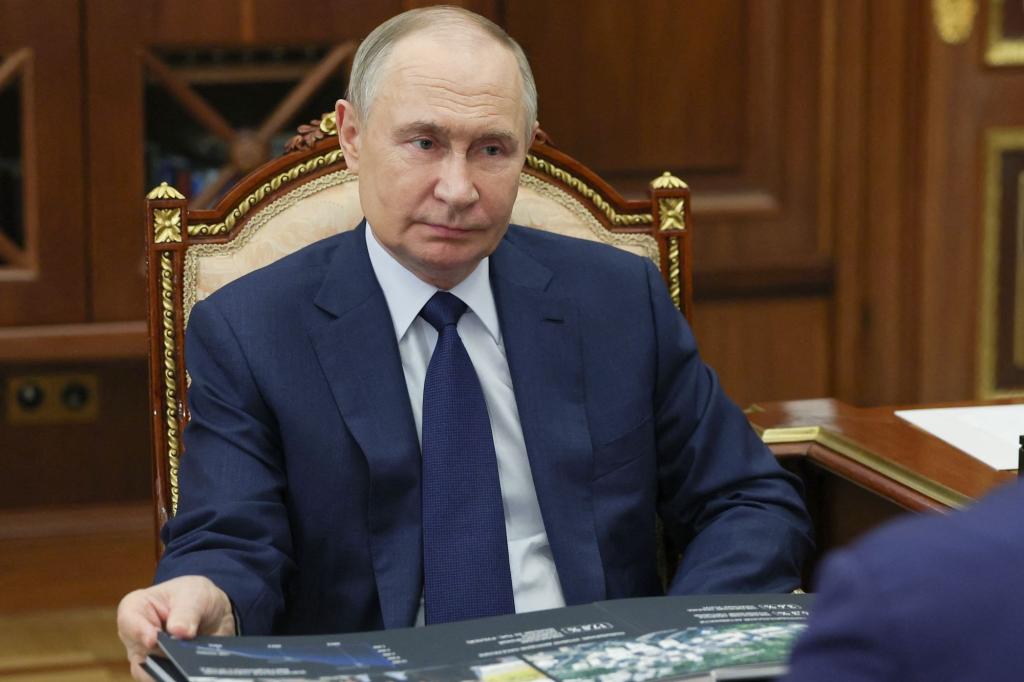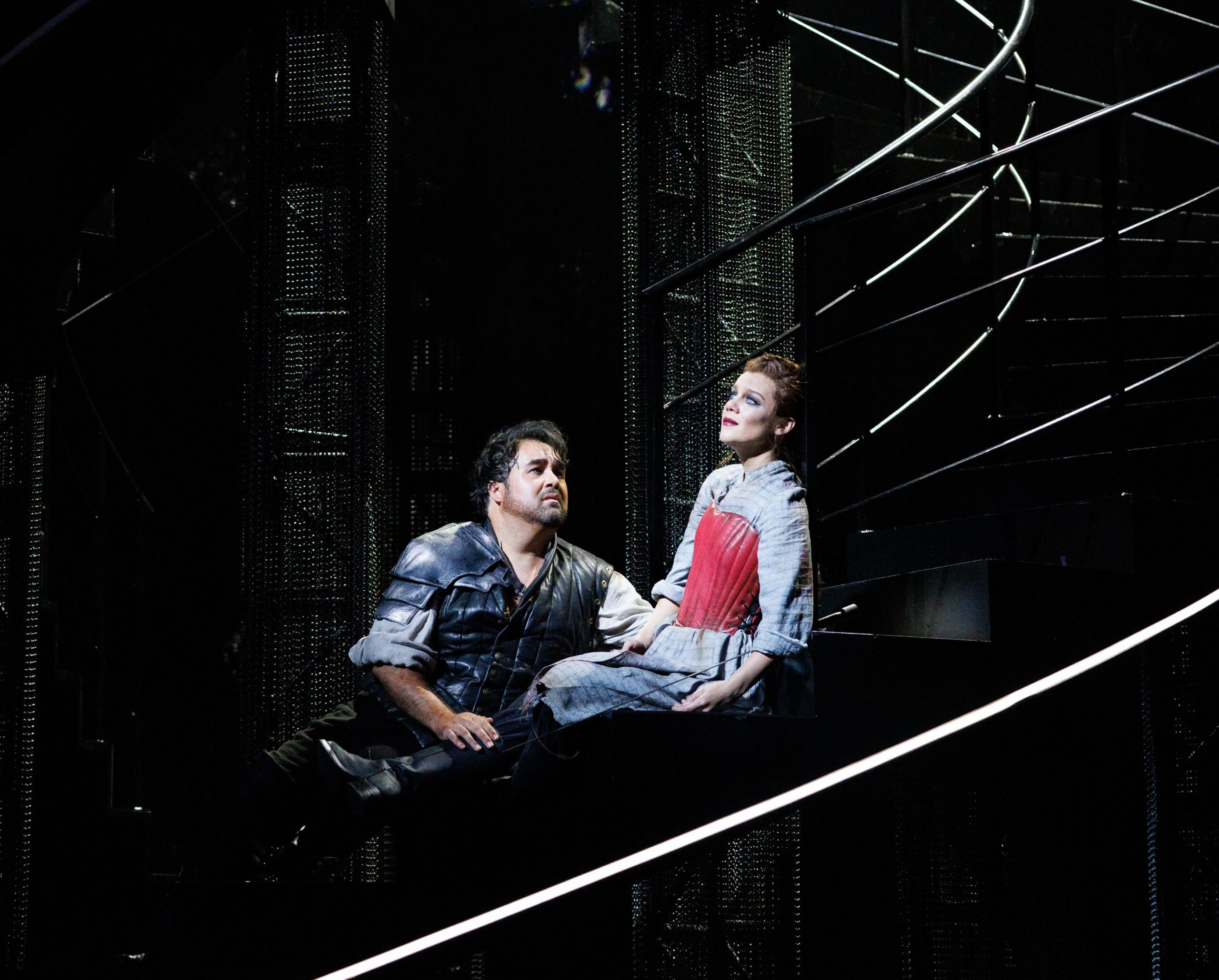
Marvin “Hammer” Stevens surveys the court at Rucker Park from the shade of a tent by the baseline, shaking his head at the game of streetball before him.
A player misses a layup, then grabs his own rebound and misses again. The bleachers are about half full on this warm summer evening.
“When we played, this was all different,” Stevens says, looking around. “This is nothing compared to our games. No comparison.”
That’s not exactly a groundbreaking declaration. These days, Rucker mostly hosts summer youth leagues and local streetball tournaments. Fifty years ago, when Stevens played there, it was the summertime center of the basketball universe.
The legendary venue at 155th Street and Frederick Douglass Boulevard shaped the way basketball is played as we know it, according to many of the icons who passed through — including Julius “Dr. J” Erving, one of the greatest to ever grace the Rucker courts.
“I would think Rucker had a great influence on the NBA,” Erving, 75, told The Post. “Up-tempo style. Even defensively, there were isolations that you had to step up. You had to man up, or get booed. It was action-reaction, which is a fun style for fans.”
In its golden era, the Rucker Pro League featured a mix of pro superstars and playground legends.
Kareem Abdul-Jabbar (then Lew Alcindor), Wilt Chamberlain and Willis Reed made appearances in the 1960s, before Erving and Nate “Tiny” Archibald shared the court with local icons like Pee Wee Kirkland, Joe “The Destroyer” Hammond and Stevens in the ’70s.
When Dr. J first played at the venue in 1971, he had just finished his second and final season at UMass, where college basketball regulations made it illegal to dunk, and impossible for Erving to put his athleticism on full display.
The Rucker league provided the opposite experience. Fans waited in hourslong lines to see players like Erving dunk, and they’d boo if a player passed up a slam for a layup on a fast break.
Erving thinks the environment helped him develop into the player basketball fans came to revere.
“It was like the chains coming off,” Erving, who played at Rucker for five summers, said. “OK, not worried about what the coach has to say. We’re not worried about what, really, the officials have to say, because they’re on our team now.”
Dr. J played for the Westsiders, a team coached by longtime basketball columnist Peter Vecsey, alongside point guard Roland “Fatty” Taylor, a quick, shifty point guard who loved to run the floor.
“He really could push the ball,” Erving said. “So getting used to that, my college experience wasn’t filled with that. I don’t think I remember catching the ball at full speed the way I was able to at the Rucker.”
Erving took that style to the ABA when he joined the Virginia Squires in 1971, and he helped bring a run-and-gun brand of hoops to the NBA when he joined the 76ers after the 1976 NBA-ABA merger.
“He became a franchise player in the NBA from playing at Rucker,” said Kirkland, who had several highly anticipated battles with Dr. J in Harlem in the early ’70s. “Because just as much as he brought to people there, that’s what they were bringing to him.”
Vecsey, then a young, ambitious sportswriter, deserves much of the credit for making it happen.
Vecsey became infatuated with the Rucker after reading Pete Axthelm’s 1970 book “The City Game,” which covered the title-winning 1969-70 Knicks, but also the Rucker tournament and the city’s culture of playground basketball. He wanted in.
A former Hofstra basketball player, Vecsey convinced co-commissioners Bob McCullough and Freddie Crawford to let him start a team, and he persuaded Nets owner Roy Boe to put up $300 for the squad before the summer of 1971.
Vecsey then met with Erving and his best friend, Dave Brownbill, at Rucker to see if the then-21-year-old wanted to play on his team, which would become the Westsiders.
“How much are we going to get paid?” Erving asked Vecsey, who replied that as far as he knew, nobody would be getting a penny.
After taking a walk around the park to discuss, Brownbill and Erving told Vecsey: “OK. Let’s go.”
Almost instantly, Erving’s presence brought the Rucker atmosphere to a new level. Fans did anything and everything to catch a glimpse.
Kids crawled along tree branches. Schoolboys dangled off the roof of the neighboring elementary school and perched on top of the fence lining the court. Residents of the nearby Polo Grounds Towers watched from windows. The unlucky ones? They peered down from the elevated portion of 155th Street.
“Other than Madison Square Garden,” Erving said, “there didn’t seem to be any more significant a place to play.”
Erving would use extra caution to navigate the court, because the first few rows of seating often bled onto the floor itself.
“The court was reduced in size, even in the feel of the size of the court, because people were so close to you,” Erving said. “That was a real live experience that I think made a difference in terms of the energy level, action, reaction.”
To replicate that experience today would be almost impossible. For one, the then-small oak trees surrounding the court now tower over the park, blocking the view from the elementary school and the 155th Street overpass.
And although Kobe Bryant (2002) and Kevin Durant (2011) played in one-off pickup games at Rucker, NBA players are far more hesitant to play on pavement because of the potential for injury.
Still, the spirit of the place remains.
On a recent summer evening, a live DJ spun remixes of Drake and Lil Wayne songs at a game of organized streetball, with an on-court emcee, Larry King Agee, acting as a hybrid of a play-by-play announcer and a comedian.
“Shoutout to all the beautiful people out here tonight,” Agee exclaimed into the mic before tipoff. “And if you’re ugly, we appreciate you too.”
That quip had Maurice Portis, a Bronx resident, chuckling from the stands. He’s a personal trainer who visited Harlem to watch his friend play, and to scout things out before making his Rucker debut in a few weeks.
Like everyone else in attendance, he’s well aware of the history.
“It’s probably not like it used to be,” Portis said, “but when you come in here and you put on that uniform, it’s something to be proud of.”
<




